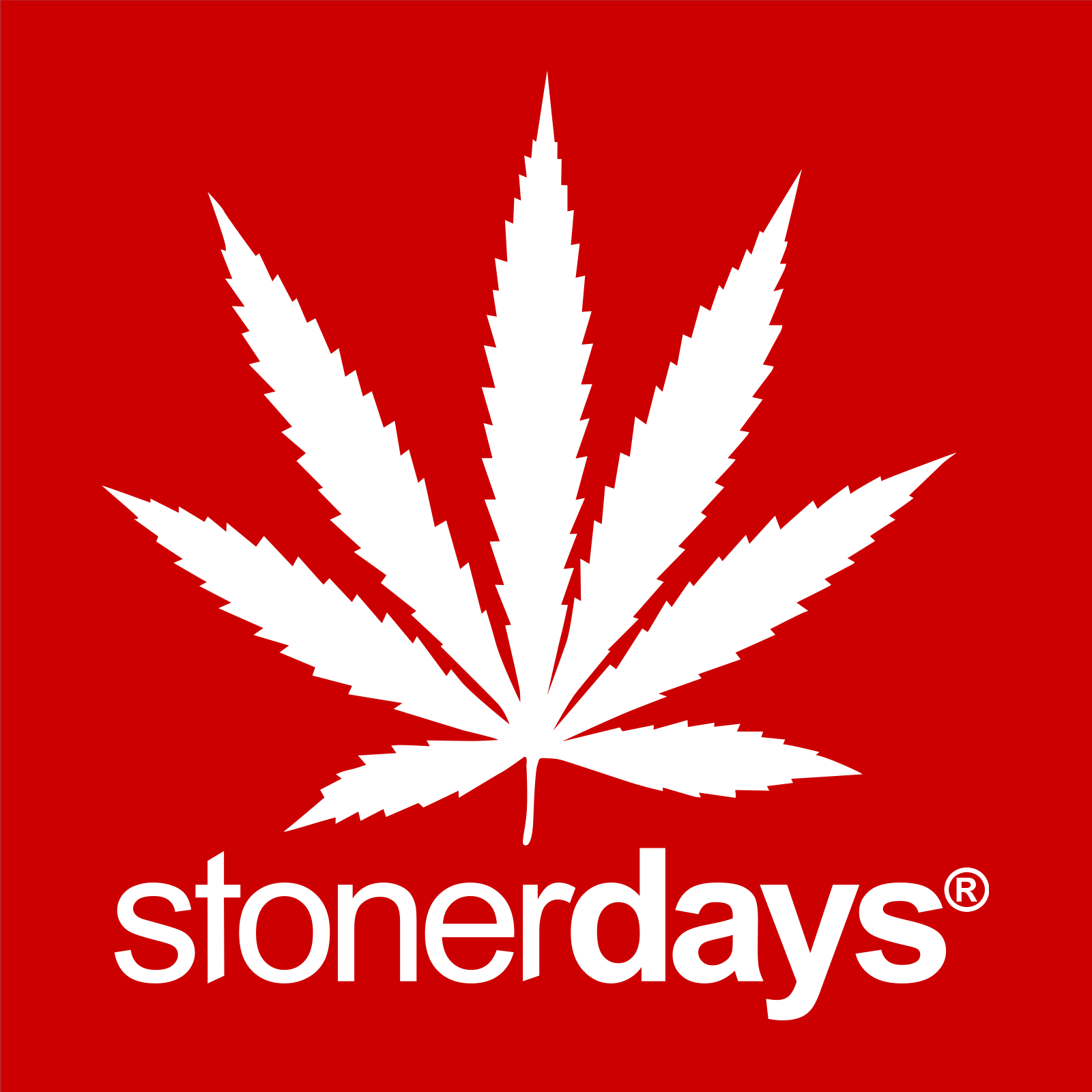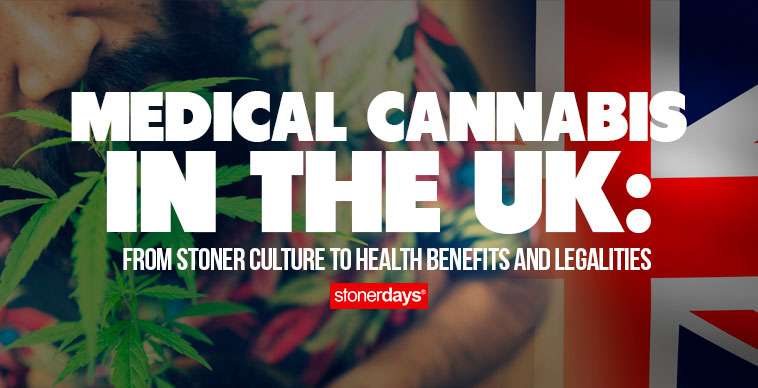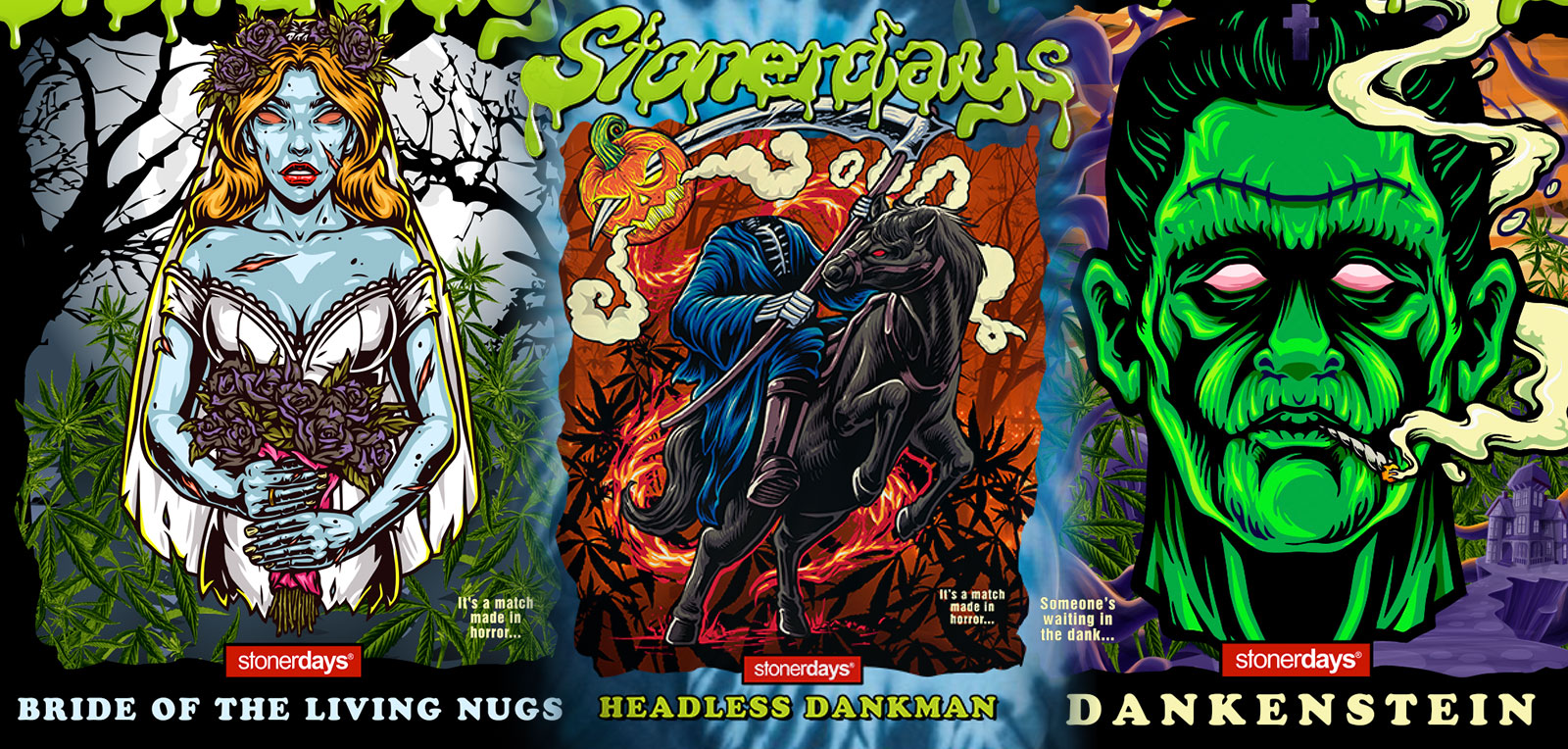Cannabis — also called marijuana, weed, pot, or dope — alludes to the pot plant’s dried blossoms, leaves, stems, and seeds. The pot plant contains more than 100 mixtures of cannabinoids.
These mixtures incorporate tetrahydrocannabinol (THC), which is disabling or mind-adjusting, and other dynamic mixtures, such as cannabidiol (CBD). In other words, CBD does not result in a “high.” Individuals consume cannabis to change their cognisance or accomplish a sense of unwinding. You can get high by smoking, vaporising, or ingesting food that has had marijuana cooked into it. Read on to learn more about buying medical cannabis from clinics like Releaf.
Weed culture
Terms, for example, pot and hashish, have existed for a long time and have generally been utilised to depict the vital characteristics of the plant. Most old societies didn’t develop the plant to get high yet as a natural medication, possibly beginning in Asia around 500 BC. Slang, however, developed rapidly over time, with hyperlocal terminology taking over in the 1970s as hippie culture developed. However, as efforts to legalise and decriminalise cannabis have emerged, the conversation has shifted again. The misperception that stoners are protesting college dropouts has vanished. In the end, nothing anti-traditional can be purchased over the counter. What was once a minor act of rebellion has evolved into a pastime that is the best way to alleviate boredom.
The stoner culture and the 420′ holiday.’
Many people smoke a joint daily at 4:20 p.m., making 420 essential to international cannabis culture. The term’s beginning has been questioned for some time, yet it has, regardless, spread across nations and is perceived for its relationship with weed. It even comes with a celebration every year. In 1971, five high school students from California found a map of Point Reyes, west of San Francisco, which contained a treasure trove of marijuana crops. As a result, the boys would get together every day after school and leave searching for marijuana. The group nicknamed themselves the Waldos and gave their expedition the codename 420, as that was the time they could all meet after school wrapped up. Although they were unsuccessful in locating the marijuana, the codename “420” for the search eventually became a codename for smoking in general.
Benefits of medicinal marijuana
Weed is not a one-size-fits-all treatment choice, as manufactured medications can help in a few circumstances but not others. One of marijuana’s most studied cannabinoids is CBD. By altering pain perception pathways in the brain, marijuana cannabinoids may reduce pain. In principle, this might help with fiery situations like Crohn’s disease. The body’s ability to reduce inflammation can also improve overall health. The following neurological and mental health conditions may be treated with marijuana because of its effects on the limbic system: Tourette syndrome, anxiety epilepsy, post-traumatic stress disorder (PTSD), and other sleep disorders may benefit from marijuana’s sedative effects.
Additionally, when marijuana use reduces pain, it may result in improved sleep. It is safe to assume that medical cannabis can be a game-changer in medicine. If you feel clinical marijuana may help, do not rush into a Releaf before consulting a doctor. Medicinal cannabis can relieve pain, tenderness, insomnia, and fatigue, but remember to use the appropriate dosage.
Legislation of cannabis in the UK
Cannabis is against the law to be grown, developed, dispersed, or sold in the UK. Possession of cannabis carries a maximum sentence of five years in jail. On November 1, 2018, the UK made the use of cannabis for medical purposes legal. The cases of two epileptic children who benefited from cannabis have drawn more attention. Legalising marijuana has the potential to benefit both local and national economies greatly.
Conclusion
An expert clinical specialist must endorse marijuana-based medication. Before considering a cannabis-based product, the specialist will discuss all other treatment options with you.



